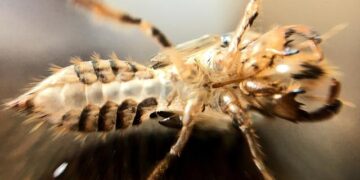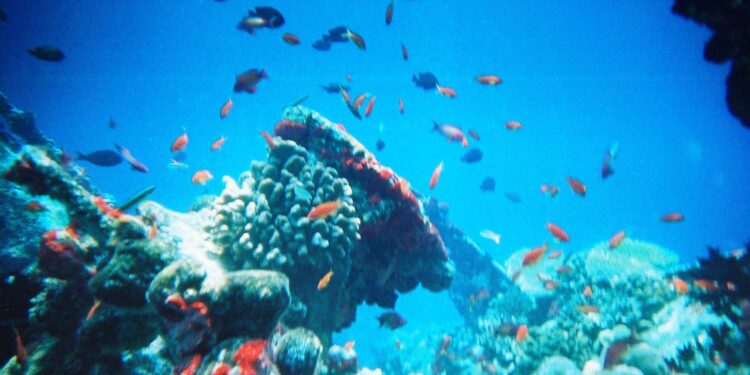Revolutionizing Aquaculture: The Role of Clinical Pathology in Reducing Lethal Sampling
In a transformative development for the aquaculture sector, Ocean Ecology has introduced an innovative strategy that incorporates clinical pathology into fish farming operations. This initiative aims to lessen the dependence on lethal sampling techniques amid rising concerns regarding sustainability and ethical treatment of aquatic life. By leveraging advancements in diagnostic technologies, researchers can now identify infections and evaluate fish health without resorting to invasive methods that often lead to the loss of important specimens. This approach not only highlights the necessity of ecological preservation but also positions fish farmers as leaders in responsible aquaculture practices, paving the way for a future where ethical considerations align with scientific progress.
Non-Lethal Methods Transforming Ocean Ecology
Recent developments in ocean ecology are redefining traditional fish sampling by prioritizing non-lethal techniques. Researchers are increasingly adopting clinical pathology methods to collect vital biological information while minimizing harm to fish populations. These cutting-edge approaches encompass blood analysis, tissue biopsies, and environmental DNA (eDNA) collection—each providing critical insights into marine ecosystem health and diversity without necessitating capture or mortality of fish. Such methodologies are anticipated not only to improve ecological assessments but also contribute significantly to sustainable aquaculture practices.
The benefits associated with these non-invasive techniques include:
- Improved Data Accuracy: Offering a more precise understanding of fish populations and their overall well-being.
- Conservation Advantages: Lowering stress levels and mortality rates among aquatic species, thereby supporting balanced ecosystems.
- Diverse Species Research: Enabling studies on rare or endangered species that are difficult to catch using conventional methods.
A notable example is research utilizing eDNA technology, which has successfully mapped biodiversity by identifying aquatic organisms through water samples alone. These strategies not only align with conservation objectives but also promote a more humane approach within aquaculture, setting the stage for sustainable industry growth.
Understanding Clinical Pathology’s Impact on Sustainable Fisheries Management
The fishing industry faces numerous sustainability challenges; however, clinical pathology serves as an essential tool for improving assessments of fish health while mitigating environmental impacts. By employing non-lethal sampling strategies, researchers can gather crucial biological data without jeopardizing existing stocks. This forward-thinking method facilitates accurate monitoring of key health indicators among fishes—leading to better-informed management decisions. The primary advantages derived from integrating clinical pathology into fisheries management include:
- Lesser Mortality Rates: Non-invasive sampling drastically reduces fatalities among research subjects, helping maintain population levels.
- Breadth of Data Collection: Analyzing health indicators without causing harm allows for comprehensive investigations into various fish populations.
- Easier Regulatory Compliance: Utilizing these advanced methods helps fisheries adhere more closely to sustainability standards set forth by environmental organizations.
Additionally, clinical pathology plays a crucial role in detecting disease outbreaks and evaluating overall ecosystem health through blood sample analysis and other biological markers—enabling scientists to identify early signs of environmental stressors affecting marine life. This proactive approach is vital as ocean conditions evolve over time; it fosters an integrated understanding among stakeholders—including fishermen, regulatory agencies, and conservationists—to prioritize sustainable practices grounded in solid scientific evidence.
Consider this table summarizing key elements related to clinical pathology’s application within fisheries management:
| Main Aspect | Description |
|---|---|
| Sampling Technique | Pursuing non-lethal options like blood tests or fin clip analyses. |































